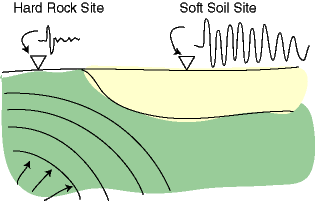 |
| Business Insider SF Real Estate Market Explosion |
This fabulous article, via Richmond Blog from the wonderful Outside Lands folks, sums up how water shaped the development of the western side of the city. Of course water and topography also shaped the development of the rest of the city and Marin, and historical development across the globe.
Topography has a powerful influence on microclimates, on earthquake risk, tsunami risk, underground creek issues, even how well your plumbing works. Location is the one thing you cannot change when you buy property, and it is easy to forget that the earth is still underneath all this built environment we live in.
So, as you gird your loins to enter the fray, pull focus a little on that property you are so excited about. Will the climate suit you when the dust of the escrow settles? Is it in a landslide or flood zone? Will you be able to grow the things you want to grow, or will you have to spend extra on earthquake or flood insurance? Flood insurance rates are rising fast, but that's for another post.
 |
| Bold Italic - Microclimates |
If you already own property here, and are staying put but curious, or renting and curious, the San Francisco Library has tips for researching buildings, and Nature in the City put together a wonderful nature map of the city. If you are in the market, though things are moving fast and furiously these days, do be sure review the Natural Hazard Disclosures, to be sure you know about long term environmental realities you may not notice underneath the fresh paint and newly refinished floors.
 |
| SF Rec and Park, Nature in the City |
Happy Spring!


